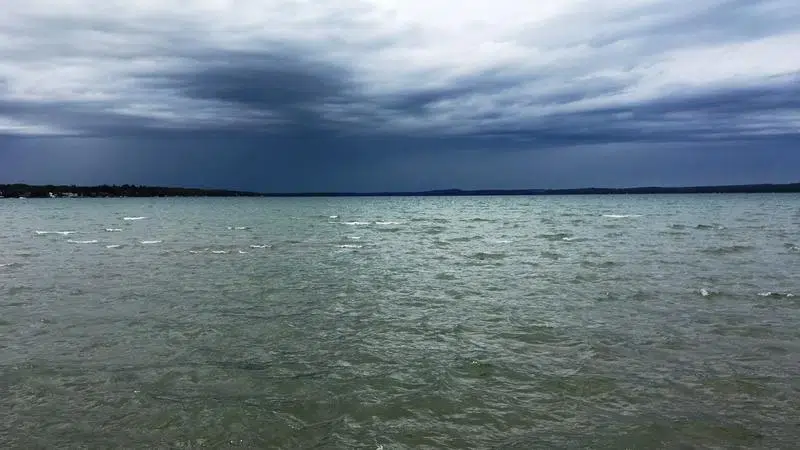
Sylvan Lake drowning prompts important water safety reminder
The drowning of a young man on Sylvan Lake this week has prompted a water safety reminder from the Lifesaving Society of Alberta and Northwest Territories Branch.
Kelly Carter, executive director for the organization, says there are between 40-50 drowning deaths in Alberta each year and between 400-500 nationwide.
“We know that these are extremely tragic incidents when they occur,” says Carter. “They have a devastating impact in regards to the families, communities and friends and people who are associated with it. The worst part of all of this is that many of these deaths are preventable.”
Carter says there are many steps you can take to help prevent drownings from taking place.


